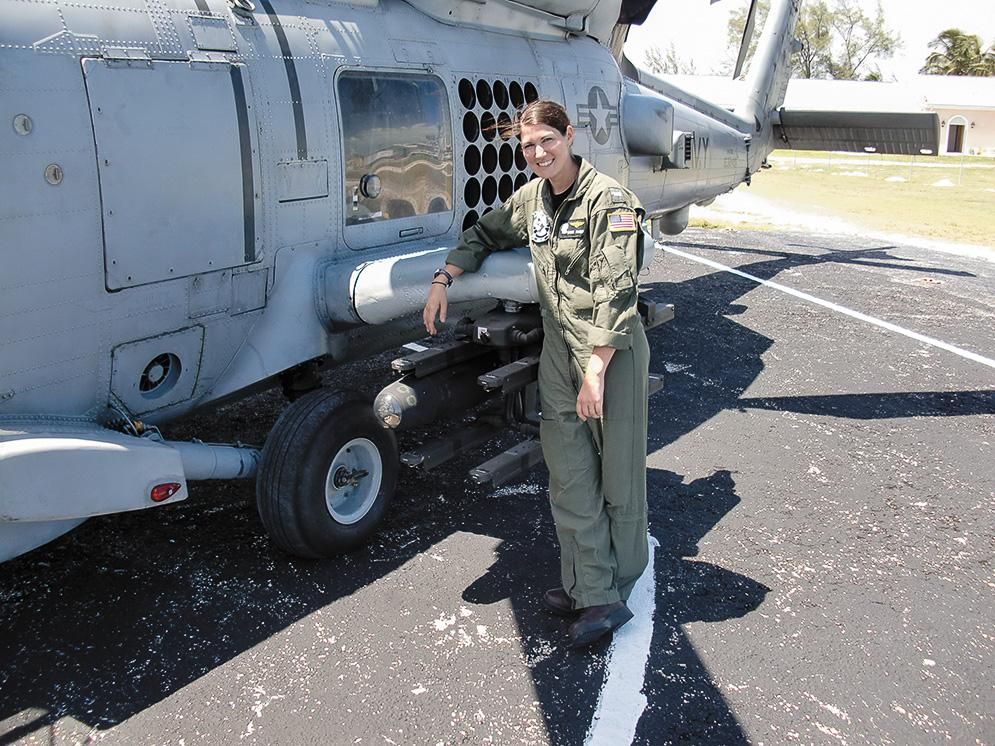Saw this article tonight — A Black Hawk Helicopter flew for the first time without pilots !!!!!!!!!

 taskandpurpose.com
taskandpurpose.com

A Black Hawk helicopter flew for the first time without pilots
The experimental helicopter is part of a DARPA program called ALIAS, and features a Sikorsky-made autonomy system. It's flown three times.
 taskandpurpose.com
taskandpurpose.com

















